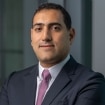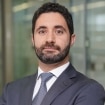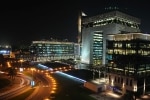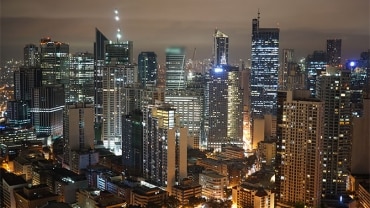
Megadevelopments, the largest construction and development projects in the Middle East, will persist despite the COVID-19 pandemic. These vast projects have the potential to effect economic and social transformation. They also take significant time and capital to complete and come with considerable risks.
Success is more likely if developers follow three core principles:
- 1. Deeply rooted projects in their unique context
- 2. Clearly defining a customer-centric and coherent approach
- 3. Being flexible
1. Deeply rooted projects in their unique context
The first principle involves developing an honest and comprehensive understanding of the context, including the location’s characteristics, stakeholders’ interests, and long-term market dynamics. The location’s characteristics include both tangible and intangible aspects.
Among the most important tangible aspects are technical site characteristics, infrastructure, weather, accessibility, and existing assets. Intangible characteristics include socio-economic activities in the vicinity of the location. These, along with any history or culture of the location, can be used to significantly enhance the value proposition of the megadevelopment and ensure that conflicts with the existing context are avoided.
The needs of all stakeholders should also be clearly understood. Doing so requires identifying all relevant stakeholders including the people who will use the assets; the assets’ investors and operators; service providers; those whom the megaproject will employ; and those in the surrounding community.
In addition, long-term market dynamics must be considered. This means looking beyond short-term demand and supply dynamics and taking into account long-term national plans, the construction supply chain, and availability of required human capital. Given the substantially large scale of these projects, special consideration should be given to all of these factors.
2. Clearly defining a customer-centric and coherent approach
The second principle relates to clarity, customer-centricity, and coherence. A common mistake of megaproject designs is to lose sight of the intended target segments. There is a risk of putting in touches that are interesting but peripheral to the success of the project. Developers can also risk getting caught up in the iconic nature of the project itself, which could inadvertently cause the needs and interests of target segments to become secondary.
To avoid this, developers should define clear answers to three key questions: Who are we targeting? What experiences should we offer them? What must we build, and which services must we provide? These three questions refer to the megadevelopment’s target segments, value propositions, and project elements.
This customer-centric approach prevents the project from getting pulled in unhelpful directions. With so much at stake, that focus is essential. Focusing on the experiences also ensures both tangible and intangible parts of the experience are covered. In fact, a successful concept doesn’t end with having the right real estate assets. Also critical are an attractive mix of tenants, services, and amenities; strong events and activation programs; an adequate ecosystem of relevant entities; and (in some cases) regulatory enablers.
Critically, the target segments, value proposition, and project elements should all be coherent. In a coherent concept, project elements are both necessary and sufficient to deliver the full value proposition—and do so in an effective and efficient way. Coherence also results from a concept that takes the megadevelopment’s context into consideration.
3. Being flexible
The third principle relates to flexibility. Retreating from a major project once it is underway can be challenging, but if developers set the right initial design they can adapt more easily when faced with external shocks.
A flexible design can include a sufficiently diverse set of target customers and assets so that weakening economics in one area can be offset by strengthening economics in another. Flexible megadevelopments also often use flexible masterplans and smart phasing, with each phase being self-contained and offering an attractive value proposition on its own while complementing the previous phases.
Finally, securing funding over the long-term is critical for megadevelopments, and limited funding is a common reason why these projects do not advance. As such, developers should stress-test their financial forecasts under different scenarios and account for market cyclicality. The initial funding should be sufficient for the project to proceed during periods of adverse market conditions or new limitations on funding. Ensuring that the project generates an adequate level of recurring revenues greatly helps in doing so.
The Middle East’s megadevelopments are breathtaking in their scale and ambition. They can deliver jobs, growth, and help vault more of the region’s cities into the global top tier if they start with well-designed concepts.
This article originally appeared in Construction Week, February 2021.
About the authors
Karim Abdallah and Ramy Sfeir are partners and Sami Khawaja is a principal, with Strategy& Middle East, part of the PwC network.
Contact us

















Menu